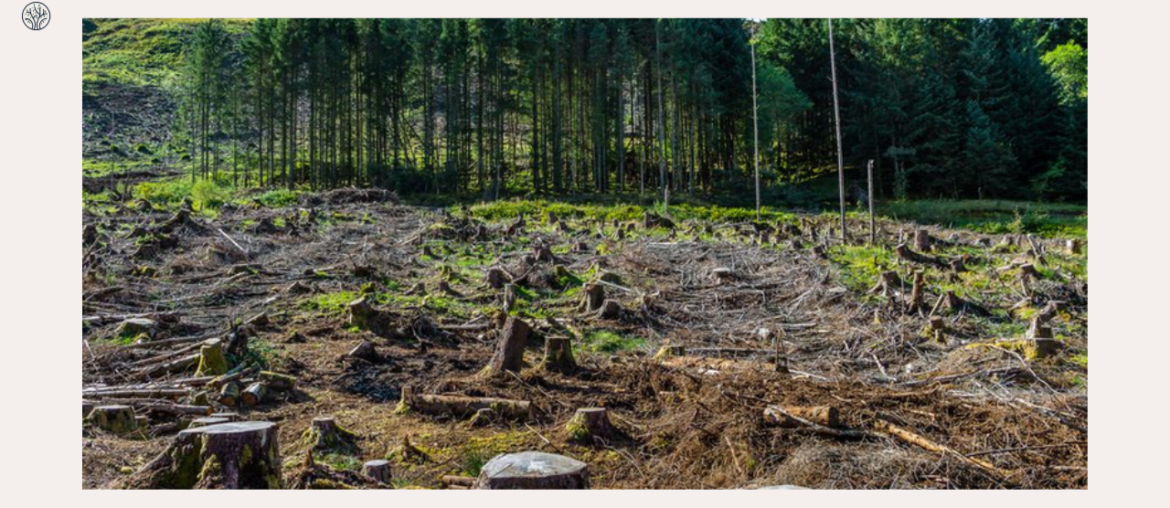In 2023, the world is grappling with a growing concern – the relentless rate at how many trees are cut down every day. Trees, as the green guardians of our planet, are decreasing in number daily at staggering proportions.
The consequences of this ongoing deforestation are far-reaching, affecting not only our environment but also our global climate. This article will discuss the startling deforestation statistics in 2023 and the solutions we need.
Global Deforestation Rates: Daily, Weekly, and Yearly Insights
According to the Food and Agriculture Organization (FAO), only 31% of Earth’s total land area is covered by forests. It is a significant decline from the estimated 50% forest cover that existed before the dawn of human civilization.
The Statista’s report estimates that between 1990 and 2020, the world lost 180 million hectares of forest area, equivalent to Libya’s size.
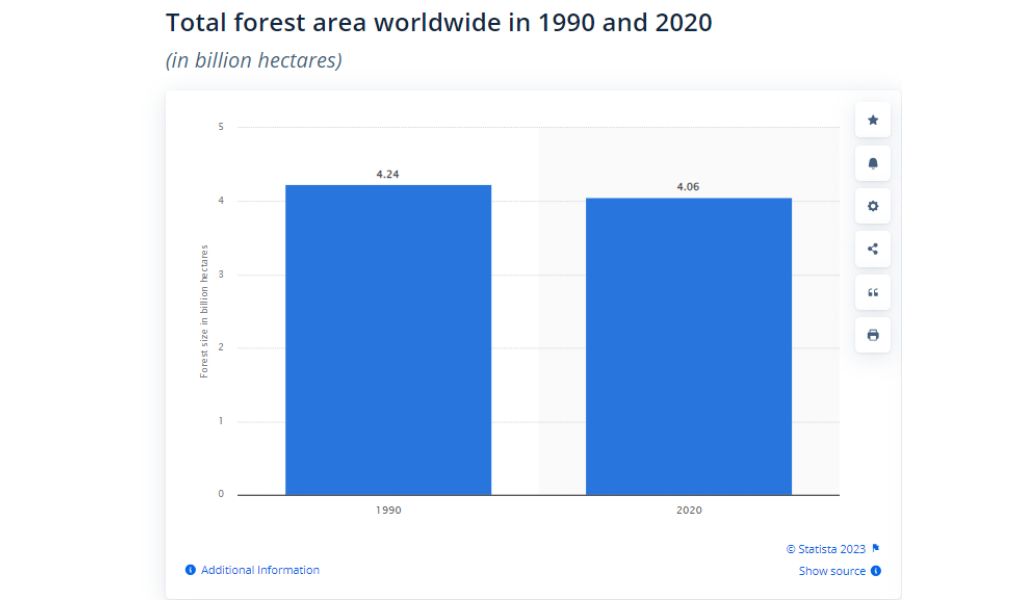
How Many Trees Are Cut Down Every Minute, Hour, And Second?
The exact number of trees cut down every minute, hour, or second is hard to determine, as each source uses different definitions and methods of measurement. However, one way to estimate this number is to use the average annual rate of net forest loss reported by the FAO.
Net forest loss is the difference between forest area gained (through natural expansion or planting) and forest area lost (through deforestation or natural disasters).
According to the FAO, the average annual rate of net forest loss between 2015 and 2020 was 4.7 million hectares. It means that every year, the world loses about 12,876 hectares of forest per day, or 536 hectares per hour, 8.9 hectares per minute, or 0.15 hectares per second. Assuming there are about 400 trees per hectare, this translates to about 5.1 million trees cut down per day, 213,000 trees per hour, 3,550 trees per minute, or 59 trees per second.
See more: How many trees does it take to build a house?
How Many Trees Are Cut Down Each Week And Year?
We can estimate how many trees are cut down each week and year using the same method above.
Based on the average annual rate of net forest loss in FAO’s report, it is calculated that every week, the world loses about 90 million trees (12,876 hectares x 7 days x 400 trees). That means every year, the world loses about 1.88 billion trees (4.7 million hectares x 400 trees).
How Many Trees Are Cut Down Every Day In Europe?
Europe is one of the regions with the highest forest cover in the world. FISE indicated that Europe (including Russia) had about 1 billion hectares of forest in 2020. This number accounts for 25% of the global forest area. However, Europe also faces challenges from deforestation, especially in Eastern Europe and Russia.
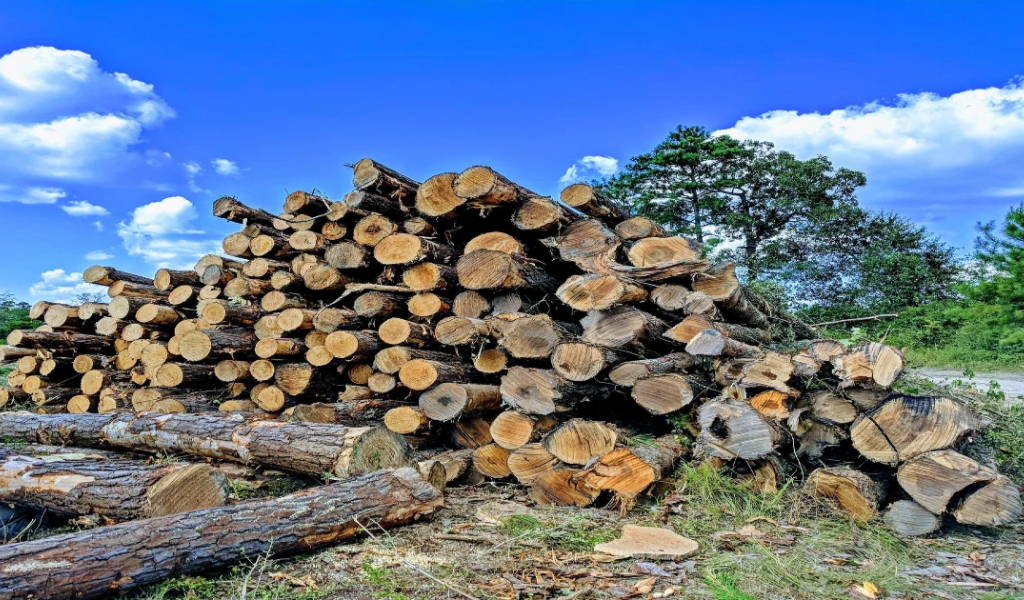
According to a study by Global Forest Watch, Europe lost 69.6 million hectares of tree cover between 2001 and 2018. Tree cover loss differs from forest loss, including any reduction in canopy density due to human or natural causes. However, it can still display the extent of deforestation in a region.
From the average annual rate of tree cover loss between 2001 and 2018 reported by Global Forest Watch, we can estimate that every day, Europe (including Russia) lost about 10,500 hectares of tree cover, or about 4.2 million trees (assuming 400 trees per hectare).
Why Deforestation Matters
Deforestation has severe consequences for the environment and human well-being. Here are some essential facts about deforestation and its effects:
- Carbon Emissions Growth: Deforestation accounts for about 10% of global greenhouse gas emissions. Trees absorb carbon dioxide from the atmosphere and keep it in their biomass. When trees are cut down or burned, they release carbon dioxide into the air, contributing to global warming.
- Biodiversity Decline: Forests serve as a haven for plants and animals, many of which rely on these habitats for food, shelter, and breeding. Deforestation means these vital ecosystems decrease, leading to a drop in various wildlife populations.
- Environmental Degradation: The absence of trees disrupts the delicate balance of the environment. Without them, soil erosion increases, leaving landscapes vulnerable, and waterways become polluted.
- Human Well-being: Forests provide oxygen, water purification, flood control, and materials to millions of people. The loss of forests will bring the erosion of these crucial benefits, ultimately affecting human well-being.
Tree Planting Efforts: A Global Perspective
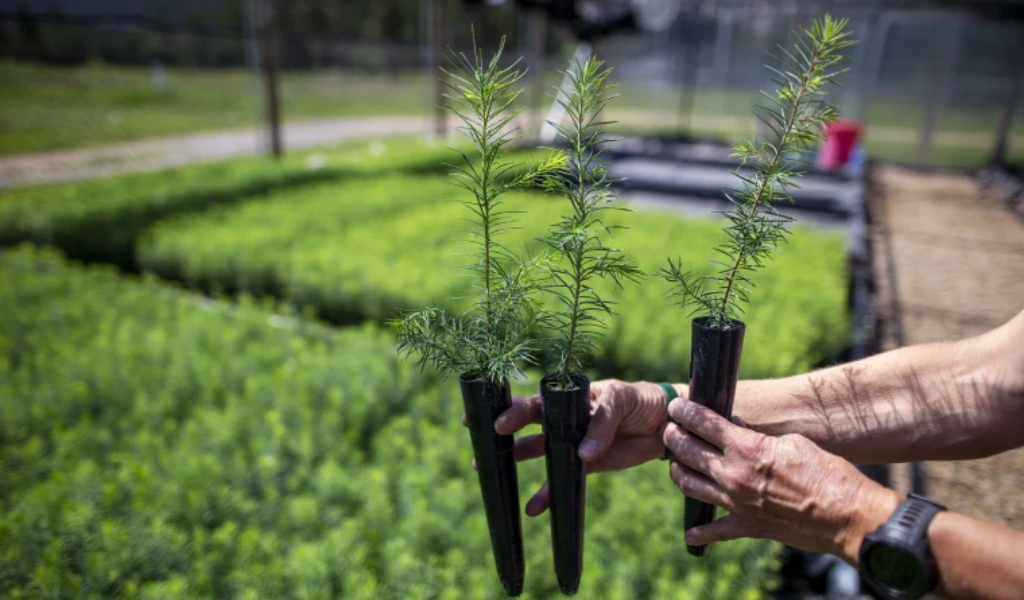
In response to the alarming rate of deforestation, many governments, organizations, and individuals have started or joined tree-planting efforts worldwide. It is one of the most effective and affordable ways to restore forests and improve human well-being.
Leading Global Tree-Planting Initiatives and Campaigns
- t.org: This initiative is part of the World Economic Forum’s effort to conserve, restore, and grow one trillion trees by 2030. It drives change by mobilizing the private sector, facilitating multi-stakeholder partnerships in critical regions, and supporting innovation and ecopreneurship.
- Trillion Trees: Trillion Trees is a joint venture between three of the world’s largest conservation organizations. They focus on three aspects with the highest impact on increasing global forest cover: Protecting standing forests, ending the causes of deforestation, and restoring forests.
- Trillion Trees Campaign: As a union between Plant for the Planet and the United Nations Environmental Program, they aim to plant one trillion trees by 2030. They work with countries, organizations, and private entities to restore deforested lands.
- The Bonn Challenge: The Government of Germany and IUCN launched this project to restore 150 million hectares of the world’s deforested and degraded land by 2020 and 350 million hectares by 2030. They surpassed the first milestone in 2017.
Tree Planting By Country: Who’s Leading the Charge?
According to the Global Forest Resources Assessment 2020 by the FAO, the top 10 countries with the largest forest area in 2020 were:
| Country | Forest Area (million hectares) | Percentage of Land Area |
| Russia | 815 | 49.4 |
| Brazil | 497 | 58.9 |
| Canada | 347 | 38.2 |
| USA | 310 | 33.9 |
| China | 222 | 23.7 |
| Congo DR | 154 | 67.9 |
| Australia | 134 | 17.3 |
| Indonesia | 92 | 50.6 |
| Peru | 74 | 57.8 |
| India | 71 | 21.7 |
However, having a large forest area does not necessarily mean having a high rate of tree planting. The top 10 countries with the highest tree cover gain between 2001 and 2018 were:
| Country | Tree Cover Gain (million hectares) |
| China | 38.3 |
| India | 15.1 |
| Vietnam | 5.5 |
| USA | 5.1 |
| Turkey | 4.6 |
| France | 3.6 |
| Spain | 3.2 |
| Italy | 2.8 |
| Chile | 2.6 |
| Myanmar | 2.5 |
Tree cover gain differs from forest gain, as it includes any increase in canopy density due to human or natural causes. However, it can still indicate the extent of a country’s tree planting or forest restoration.
The Role Of Paper In Deforestation
Paper is one of the most widely used products in the world, but it also greatly impacts deforestation. Form Stack revealed that paper accounts for about 40% of global industrial wood consumption. Paper production also consumes large amounts of water and energy, as well as generates greenhouse gas emissions and waste.
How Many Trees Are Cut Down Each Year For Paper?
Estimates of how many trees are cut down each year for paper production vary, but it’s believed to be between 4 billion and 8 billion trees annually.
Additionally, more than 200 million trees are cut down daily to produce paper, which amounts to a tree being cut every 2.5 seconds. This extensive tree harvesting contributes to over 1.4 billion trees ending up in landfills yearly, largely due to product packaging and paper waste.
Carbon Emissions For Paper Products
The entire life cycle of paper, from production to disposal, is responsible for releasing a substantial amount of greenhouse gas emissions (GHG). Every ton of paper product produced generates an average of 942 kilograms of carbon dioxide (kg CO2eq) of GHG emissions.
However, this number can vary depending on the type of paper, with some producing as low as 608 kg CO2eq per metric ton and others as high as 1978 kg CO2eq per metric ton.
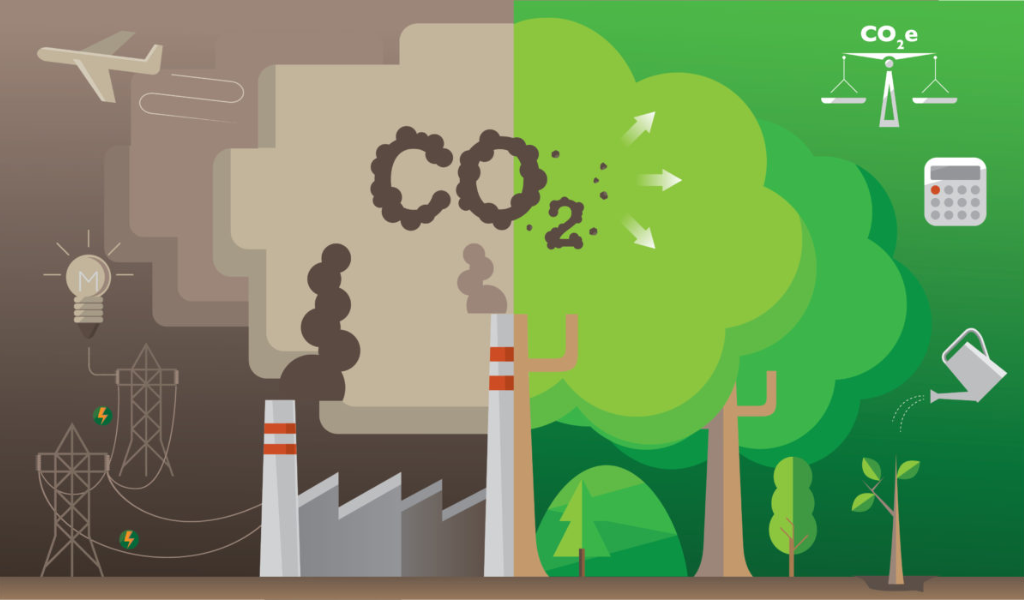
A newspaper generates about 0.49 pounds of CO2 during its life cycle, equal to driving 186 miles annually if you subscribe daily. While this emission seems relatively small compared to other sources, it still contributes to the overall carbon footprint.
As such, efforts to reduce carbon emissions associated with paper production and consumption are crucial for environmental sustainability.
Solutions For Deforestation
There is no single solution to deforestation, but rather possible solutions that handle different aspects and causes of the problem. Let’s start with reducing the demand for forest products, such as timber, palm oil, soy, beef, and paper. We can do this by using recycled materials, adopting eco-friendly labels, and raising awareness among consumers and businesses.
Another way to reduce deforestation is to improve the management and governance of forests. It involves enforcing laws and regulations, strengthening property rights and tenure security, enhancing transparency and accountability, and more.
Also, it’s time to increase the restoration and conservation of forests, as well as enhance international cooperation and finance. Join the movement today and be a part of the solution for a greener, more sustainable future!
FAQs
What if everyone in the world planted a tree?
Studies estimate that there were about 3.04 trillion trees worldwide in 2023. Meanwhile, the current population of the world in 2023 is 8.1 billion. If everyone plants a tree today, there will be about 3.05 trillion trees in the world tomorrow. It would increase the global tree cover by about 0.33%.
However, this would not offset the annual net forest loss of about 4.7 million hectares mentioned above. To achieve zero net forest loss by planting trees alone, we need to plant about 1.88 billion trees per year (4.7 million x 400), or about 5.15 million trees daily.
Is there a country without any trees?
There are some countries that have shallow forest cover or no natural forests at all. Some examples of these countries are:
- Qatar has no natural forests due to its arid climate and desert landscape. The country has only about 0.01% forest cover, which consists of planted trees in urban areas and parks.
- Greenland has no natural forests due to its cold climate and ice sheet. The country has only about 0.02% forest cover, which consists of small patches of trees on the southern coast and islands.
- San Marino has no natural forests due to its small size and urbanization. The country has only about 0.05% forest cover, which consists of planted trees in gardens and public spaces.
How many trees are planted globally every day?
Approximately 1.9 billion trees are planted yearly, based on research conducted by various organizations and governments, including the United Nations Environmental Program. The study suggests that people plant around 158 billion trees monthly, equal to 5 million trees per day, or roughly 7,000 trees every minute.
Final Thoughts
Now you have the answer to your question: How many trees are cut down every day? It is estimated that about 5.1 million trees are cut down every day in 2023.
As we realize the staggering number of trees being cut down each day, it becomes increasingly crucial to address the global issue of deforestation. We must continue to raise awareness, follow sustainable practices, and support reforestation efforts. By doing so, we can work towards a more sustainable and greener future. Together, we can make a positive impact on our planet. Take action now!

